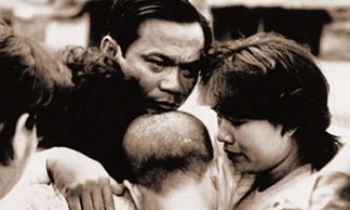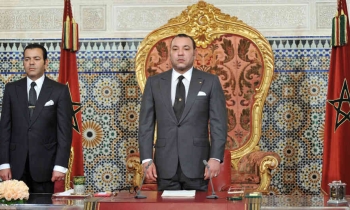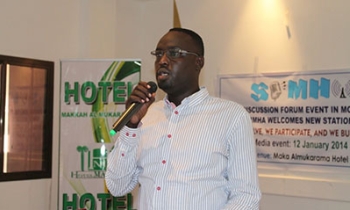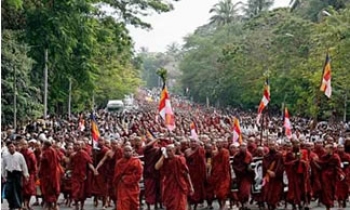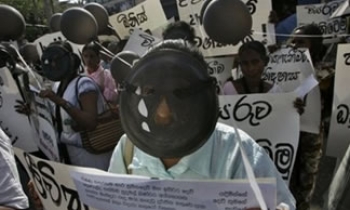A newspaper editor was shot dead by an unidentified man in the southern Philippines town of Mindanao this morning. Reports said Hernani Pastolero, 64, editor of the weekly paper Lightning Courier was sipping coffee in front of his house in Sultan Kudarat town on Mindanao island when gunmen shot him twice in the back of his head on Monday morning.

“He was killed instantly,” Ismael Mama, the town’s chief of police, told Reuters. “We’re still trying to establish the motive for the killing because Pastolero was not known to be a very hard-hitting journalist. We’re trying to establish if he had some enemies.”
Pastolero was a radio journalist and editor of several publications before he started publishing his own weekly, the Lightning Courier. His daughter, Eva Marie, said he had never mentioned death threats.
The National Union of Journalists of the Philippines (NUJP) condemned Pastolero’s murder, describing it as the “latest atrocity against the Philippine media”.
“This is again proof of how official inaction has bred a culture of impunity and emboldened those who seek to stifle freedom of the press and of expression in this country,” said Jose Torres Jr, the union’s chairman, according to Reuters.
International media watchdogs have described the Philippines as among the most dangerous places for reporters in the world, and have criticised the government for not doing enough to find the perpetrators.
The New York-based Committee to Protect Journalists said the Philippines and Afghanistan had the highest journalist deaths in the region last year. With three deaths each, the two countries ranked globally only behind Iraq, where 32 journalists were killed in 2006.
Torres said Pastolero was the first journalist killed this year and the 49th since 2001 when President Gloria Macapagal Arroyo came to power. He said the Philippines was the second most dangerous place for journalists, behind Iraq, in 2006.
Only a handful of the killings have been solved, including the conviction of two police officers for the killings of two journalists on Mindanao.
A 2005 factfinding mission of the International Federation of Journalists (IFJ) and NUJP that met families and colleagues of murdered journalists, said the victims had been warned by their friends or wives (almost all journalists killed were male) that their commentaries would get them into trouble. In a number of documented cases, they had received death threats, either anonymous telephone calls or via text messages on their cell phones. The report said the killings showed a pattern.
“On leaving their place of work, often en route to home, they would be stopped at a set of traffic lights when an unidentified motorcycle with a pillion passenger would pull up, unleash a volley of shots and speed off.” This is a tactic frequently used to limit the possibility of identification by witnesses. There were some variations, the team noted.


